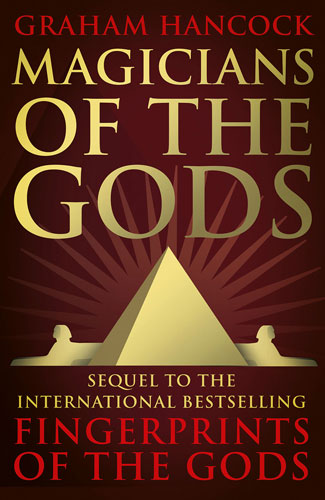Tech news stories
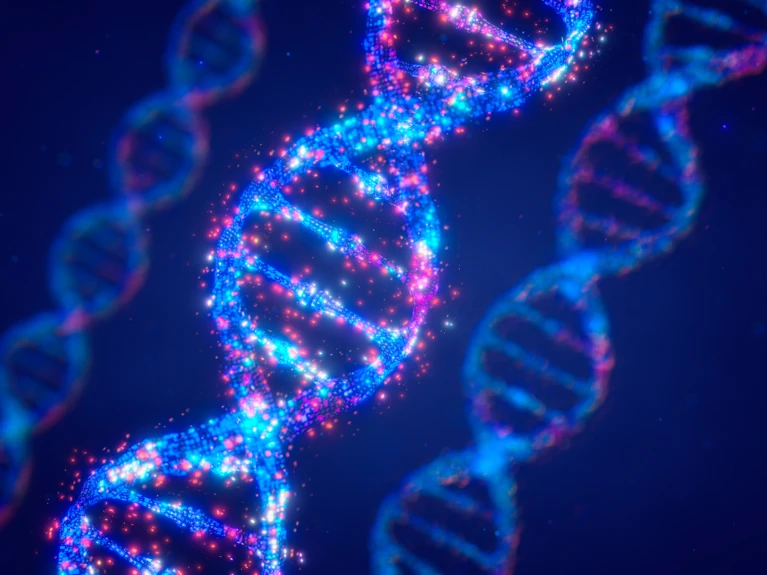
‘Bricks’ of DNA, some of which have chemical tags, could one day be an alternative to storing information electronically.

Using the Zwicky Transient Facility (ZTF) telescope to survey large expanses of sky, a team of researchers led by the University of Maryland investigated a stream of space debris known to drift near Earth called the Taurid swarm.

The existential threat from a large meteor is real, but two next-generation telescopes are about to make us safer.
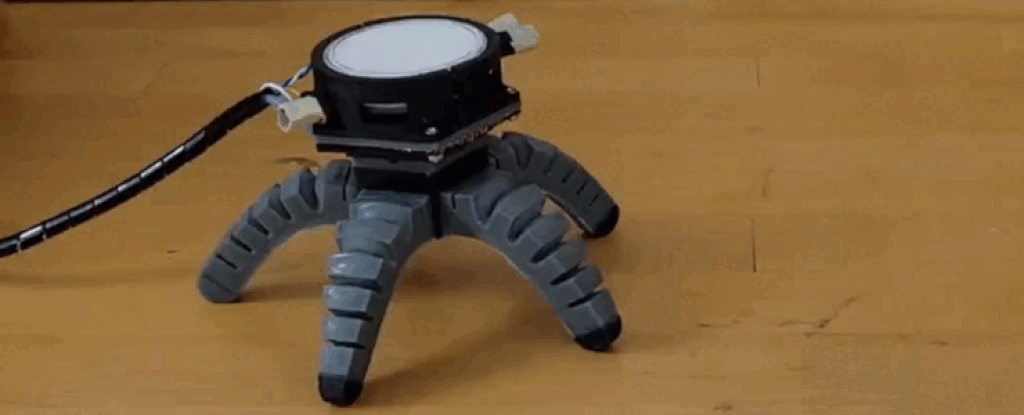
“By growing mycelium into the electronics of a robot, we were able to allow the biohybrid machine to sense and respond to the environment,” says senior researcher Rob Shepherd, a materials scientist at Cornell. This research was published in Science Robotics.
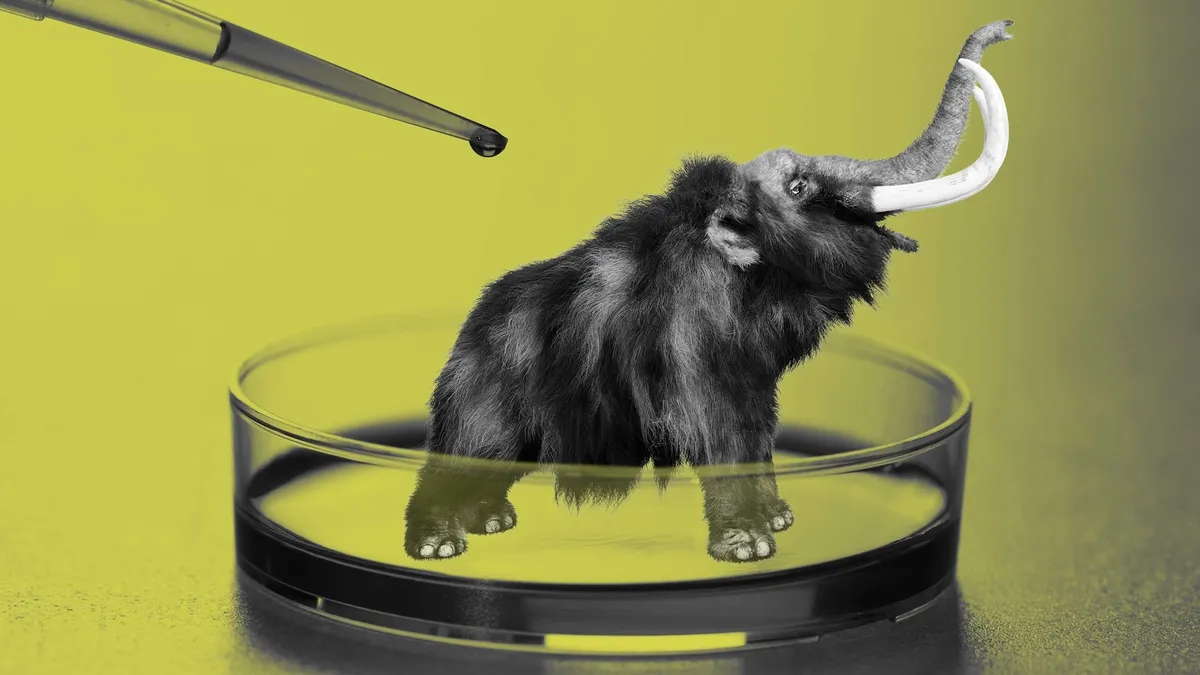
Scientists are getting very close to bringing a few iconic species, like woolly mammoths and dodos, back from extinction. That may not be a good thing.

So much is still unknown about consciousness, nevermind whether brain organoids will achieve it, explains a leading neuroscientist.

The hunt for alien civilisations may be entering a new era, researchers believe. Scientists with Breakthrough Listen, the world’s largest scientific research programme dedicated to finding alien civilisations, say a host of technological developments are about to transform the search for intelligent life in the cosmos.
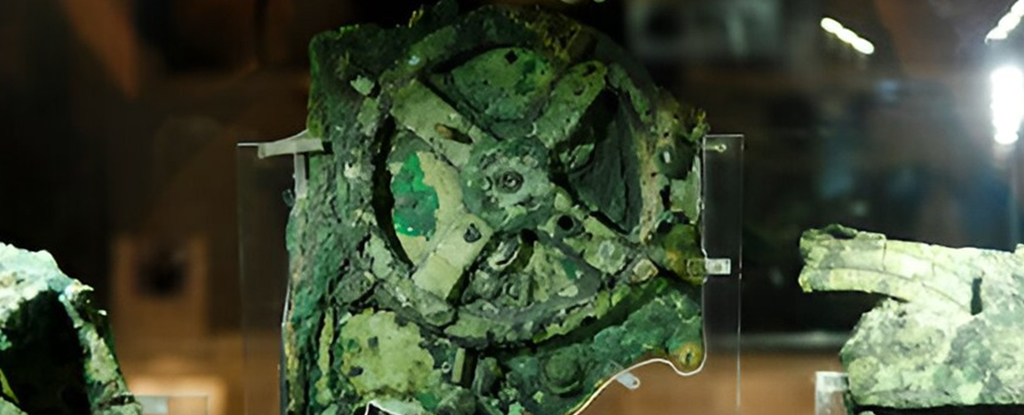
Researchers from the University of Glasgow in the UK have now used statistical modeling techniques borrowed from the study of gravitational waves to extrapolate missing details of a critical dial on Antikythera mechanism.The research has been published in The Horological Journal.

Despite decades of study, this Ice Age mystery remains unsolved. Researchers simply don’t have sufficient evidence at this point to rule out one scenario or the other—or indeed other explanations that have been proposed (e.g. disease, an impact event from a comet, or a combination of factors)… A new work published in Frontiers in Mammal Science set out to address this information deficit.
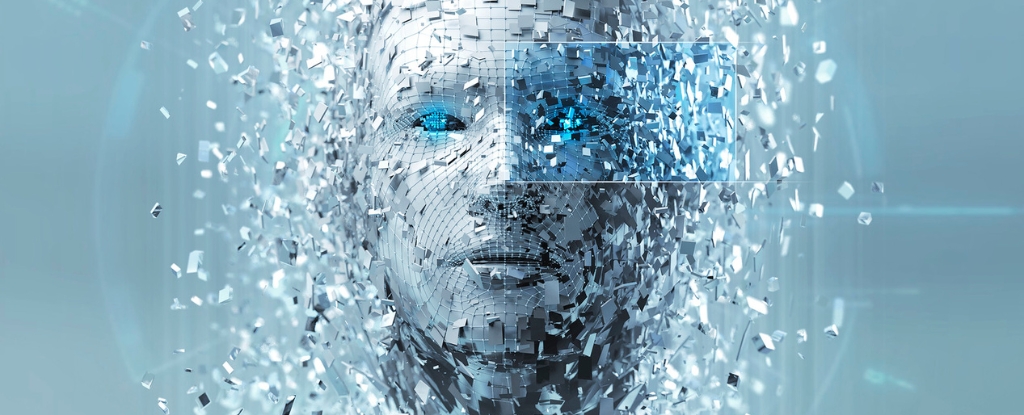
If you search “shrimp Jesus” on Facebook, you might encounter dozens of images of artificial intelligence (AI) generated crustaceans meshed in various forms with a stereotypical image of Jesus Christ. Some of these hyper-realistic images have garnered more than 20,000 likes and comments. So what exactly is going on here?
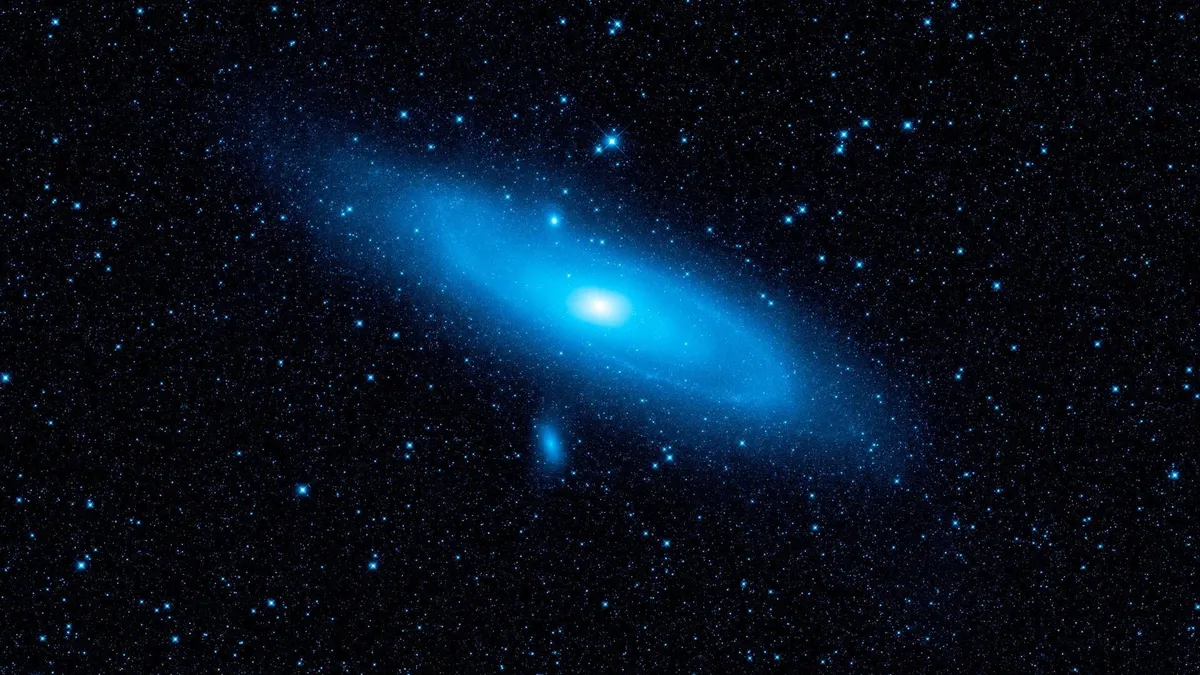
For nearly a century, scientists have known that the universe is expanding. But in recent decades, physicists have found that different types of measurements of the expansion rate — called the Hubble parameter — produce puzzling inconsistencies. To resolve this paradox, a new study suggests incorporating quantum effects into one prominent theory used to determine the expansion rate.
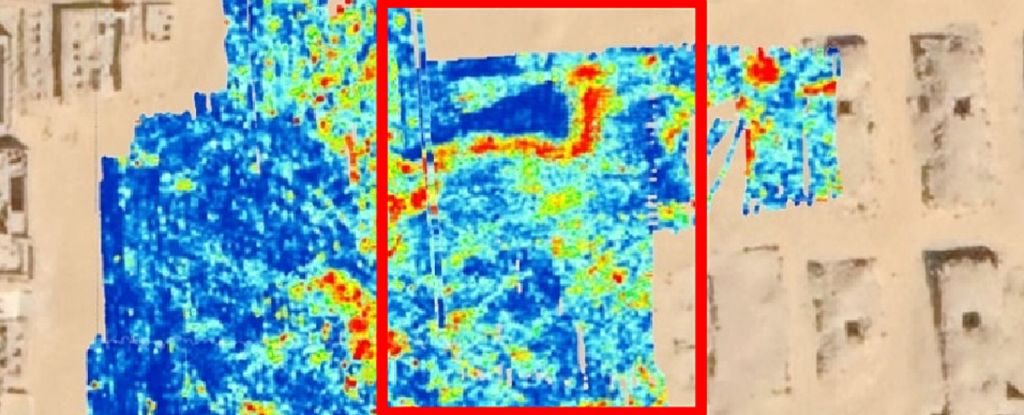
Slowly but surely, the ground is regurgitating its secrets. The history that lies buried beneath the swirling sands of time yields, piece by piece, to technology. But one such piece, in a well-explored region, has archaeologists a little baffled. The team’s findings have been published in Archaeological Prospection.
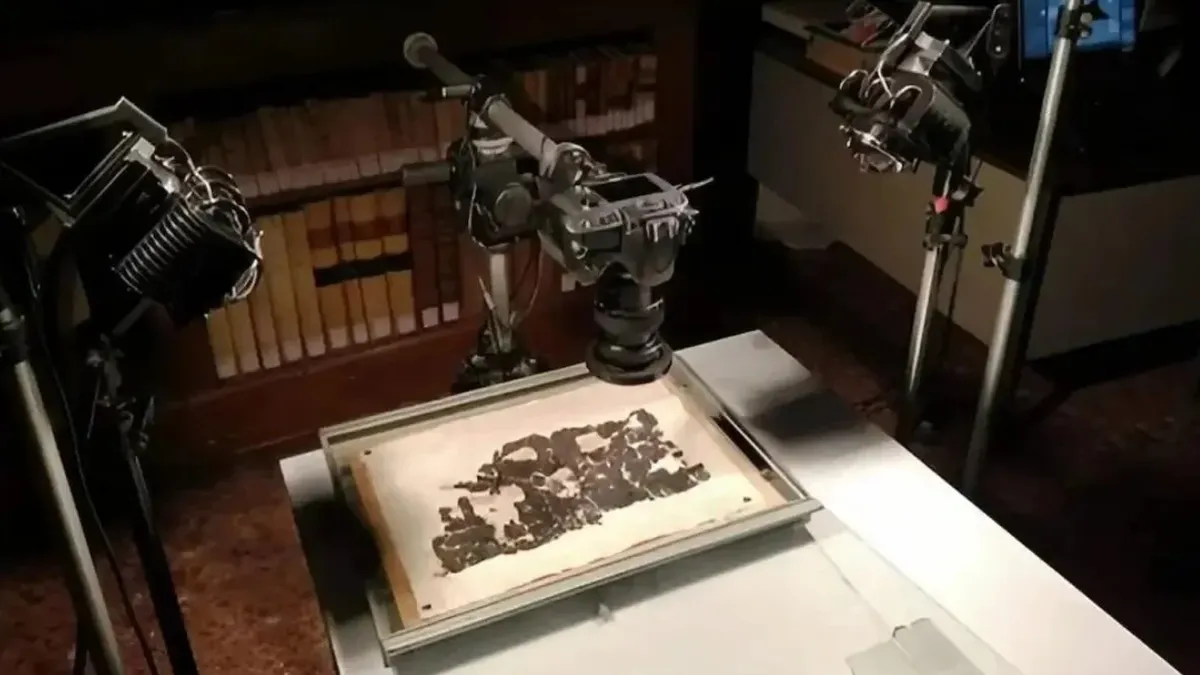
Researchers used AI to decipher an ancient papyrus that includes details about where Greek philosopher is buried.
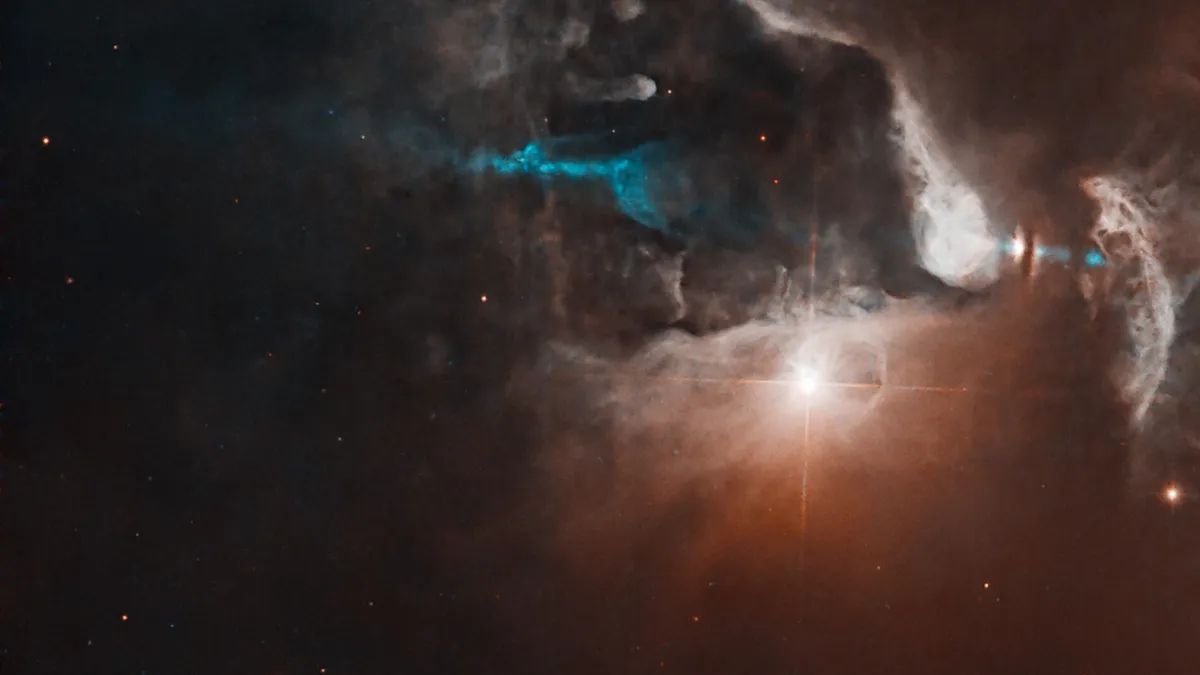
The Hubble Space Telescope has imaged a powerful jet erupting from a natal envelope of gas and dust that represents a newly born star announcing itself to the cosmos.

The civilization of Indus River Valley is considered one of the three earliest civilizations in world history, along with Mesopotamia and Egypt.

A groundbreaking announcement for the recovery of lost ancient literature was recently made. Using a non-invasive method that harnesses machine learning, an international trio of scholars retrieved 15 columns of ancient Greek text from within a carbonized papyrus from Herculaneum, a seaside Roman town eight kilometers southeast of Naples, Italy.








